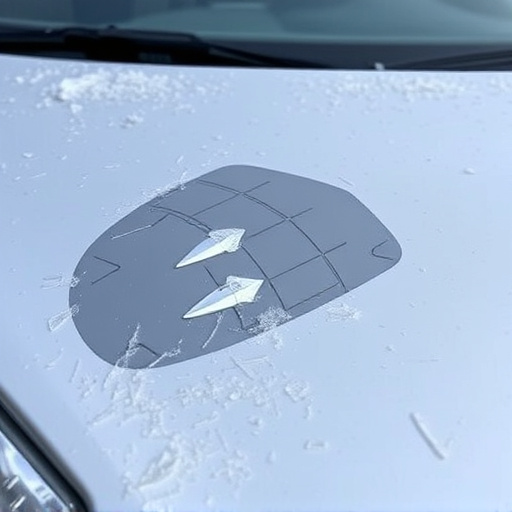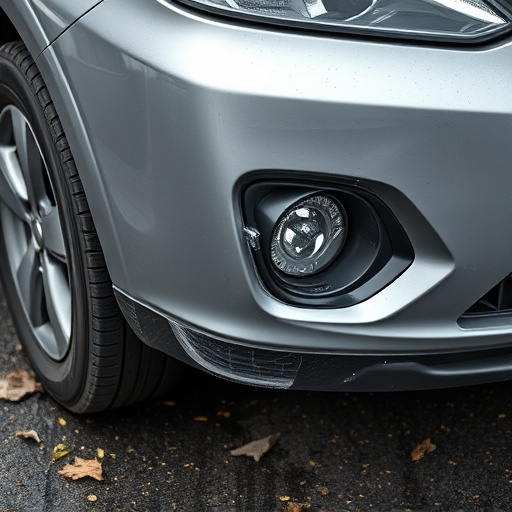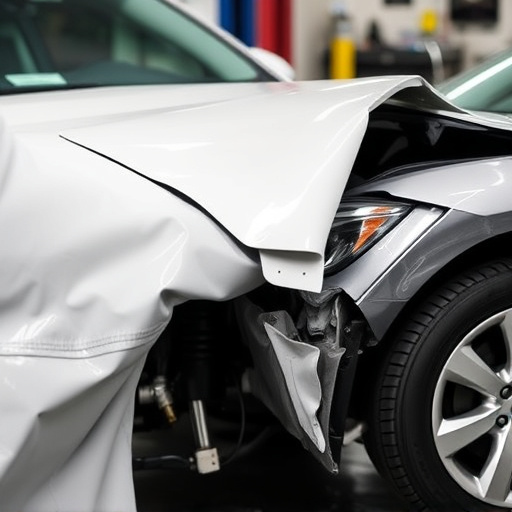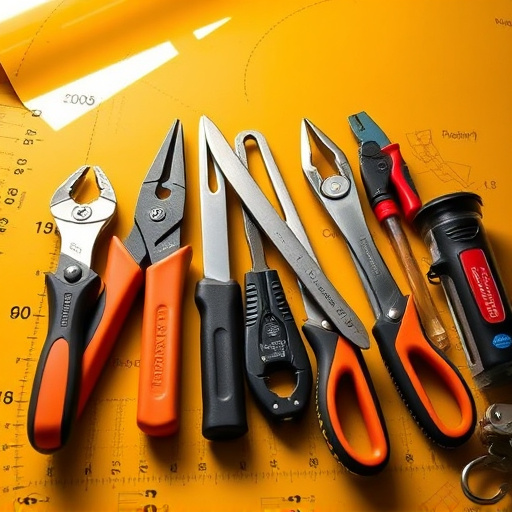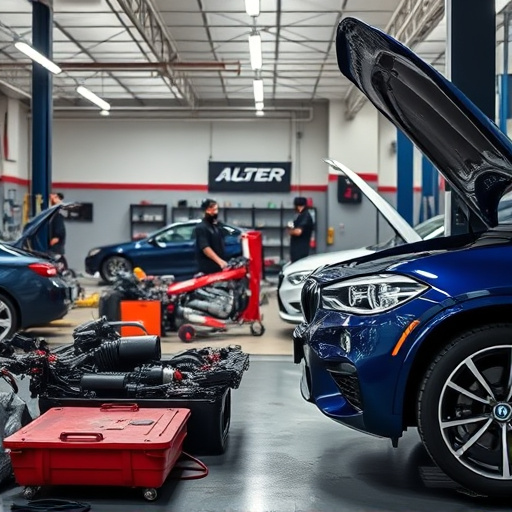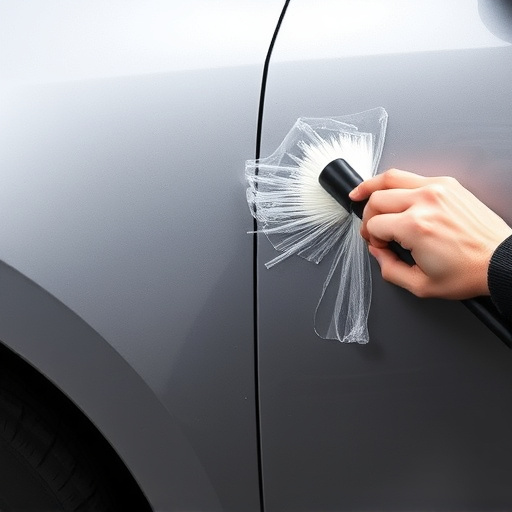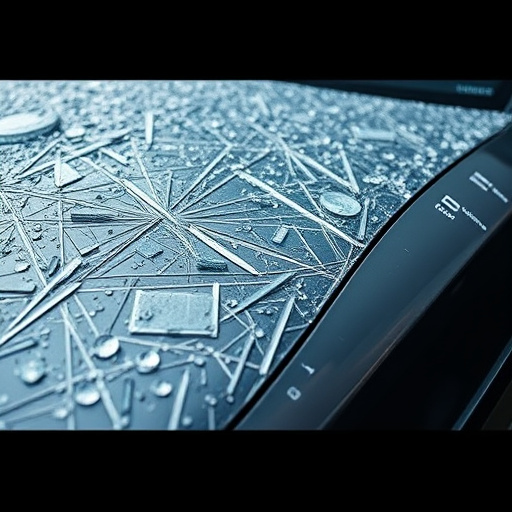Hail damage assessment protocols are crucial for auto shops to efficiently and accurately repair vehicles. These include thorough inspections, documenting all damages, using specialized tools, and evaluating both exterior and interior components. Effective communication manages customer expectations through regular updates, building trust, and enhancing satisfaction. Shops use digital management systems and advanced technology like 3D scanning and CAD software for precise measurements and faster restoration times in hail damage repair.
Hail damage can wreak havoc on vehicles, leading owners to seek swift and efficient repairs. This article explores how auto shops communicate crucial aspects of hail damage repair, from initial assessments to final restoration. We delve into industry protocols for evaluating hail damage, effective strategies for sharing realistic repair timelines with clients, and cutting-edge tools used to track progress efficiently. Understanding these processes ensures transparency and peace of mind during the repair journey.
- Understanding Hail Damage Assessment Protocols
- Communicating Repair Timelines Effectively
- Tracking Progress: Tools and Techniques for Shops
Understanding Hail Damage Assessment Protocols
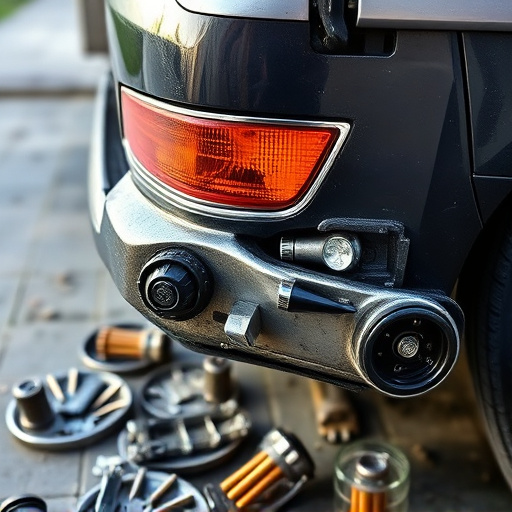
Hail damage assessment protocols are crucial for shops to ensure accurate and efficient hail damage repair. These protocols involve a thorough inspection of each vehicle, meticulously documenting every dent, crack, or scratch caused by hail. Skilled assessors use specialized tools to measure the depth and extent of damage, which is critical in determining the scope of repairs required. The process includes evaluating not just the exterior but also the interior, as hail can cause hidden damage to components like panels, doors, and even seat covers.
Shops follow these protocols to establish a clear timeline for hail damage repair. After the initial assessment, they break down the repairs into manageable tasks, such as fender repair, vehicle paint repair, and autobody repairs. Each stage is assigned a priority based on severity and availability of parts, ensuring that critical repairs are addressed first. This structured approach allows for better resource allocation and keeps customers informed about their vehicle’s progress, fostering trust and satisfaction throughout the hail damage repair process.
Communicating Repair Timelines Effectively
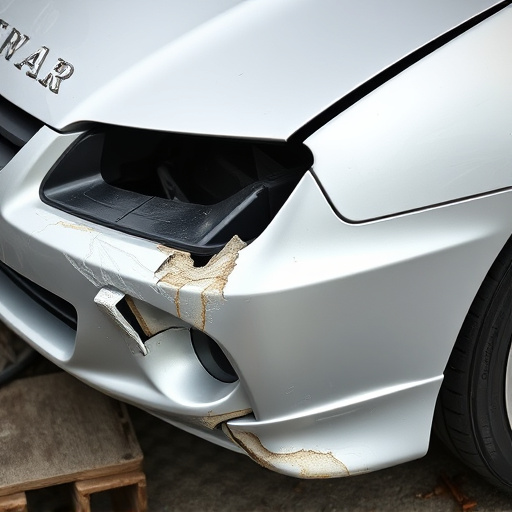
Effective communication is key when it comes to managing customer expectations regarding hail damage repair timelines and progress. Collision repair shops should provide clear and consistent updates to ensure clients are well-informed throughout the entire process. One effective strategy is to establish a standard protocol for communicating with customers, including the frequency of updates and the channels used, whether that’s email, phone calls, or in-person meetings.
By offering transparent information about estimated repair times, shop managers can help alleviate customer anxiety and build trust. It’s also crucial to explain any potential delays or complexities that may arise during the hail damage repair process, ensuring clients understand the steps being taken to resolve issues efficiently. This proactive approach fosters a positive relationship between the business and its customers, enhancing overall satisfaction with the automotive repair services provided.
Tracking Progress: Tools and Techniques for Shops
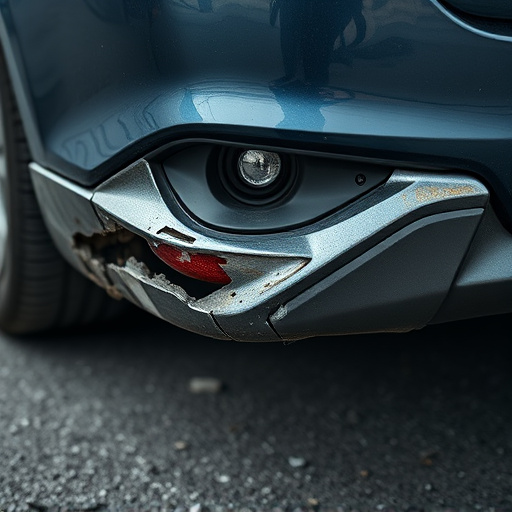
Shops engaged in hail damage repair utilize a variety of tools and techniques to track progress effectively. Digital management systems play a pivotal role, allowing for real-time updates on each vehicle’s repair status. These platforms enable shops to record detailed information, from initial assessment to final inspection, ensuring every step is monitored meticulously. With features like task assignment, work order management, and communication threads, these systems foster transparency between staff, customers, and insurance providers.
Additionally, advanced technology such as 3D scanning and computer-aided design (CAD) software aid in precise measurement and analysis of hail damage on vehicle bodywork. For instance, Mercedes Benz collision repair centers leverage these tools to create accurate digital prototypes, facilitating more efficient repairs. This not only speeds up the restoration process but also ensures the highest quality of work, restoring vehicles to their pre-incident condition or even surpassing original specifications.
Shops play a crucial role in effectively communicating hail damage repair timelines and progress, ensuring customer satisfaction and transparency. By adhering to standardized assessment protocols, providing clear updates, and utilizing robust tracking tools, businesses can streamline their processes. This not only enhances the overall customer experience but also fosters trust and loyalty. Understanding these communication strategies is essential for shops aiming to excel in the competitive automotive repair industry, ultimately contributing to faster recovery times and happier clients.

